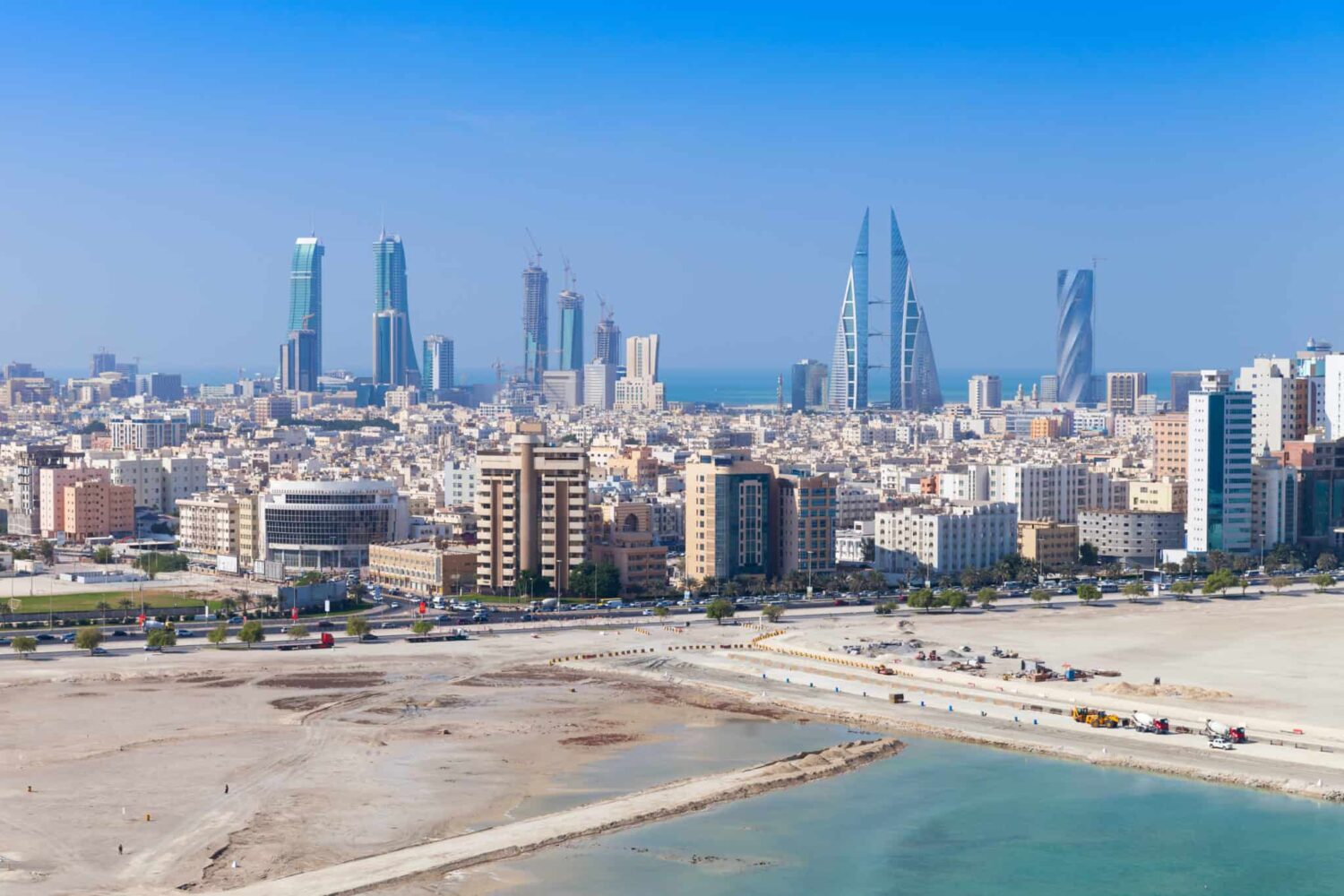Manama, Bahrain–The Electricity and Water Authority (EWA) of Bahrain has invited bids for a $53.19 million tender to upgrade the Ras Abu Jarjour reverse osmosis desalination plant.
International companies vying for the project will be required to submit their competitive technical and financial bid, within the latest international standards, said EWA President Kamal bin Ahmed Mohammed.
The authority has finalized the tender documents and is currently in the process of uploading them to the electronic system (e-Tendering) of the Tender Board in order to open the way for interested companies to apply for the purchase of tender documents.
The project to upgrade the Ras Abu Jarjour water desalination plant by reverse osmosis from underground wells aims to extend the life span of the station for a period of 20 years.
The upgraded station will also contribute to securing the water and strategic reserves in the Kingdom of Bahrain in case of emergencies.
The scope of the work of the project includes the development and implementation of electromechanical works, the replacement of high-pressure pumps with others that are more efficient and capable of saving energy.
The project also consists in replacing the membranes of the reverse osmosis units, upgrading the civil structure, in addition to using the latest technologies that are compatible with environmental requirements in the operational process of the station.
Ras Abu Jarjour reverse osmosis water desalination plant was opened in 1984. Its production capacity was developed gradually over different periods of time by increasing the number of existing desalination units and developing its production capacity until it reached 16 million imperial gallons per day of potable water.

